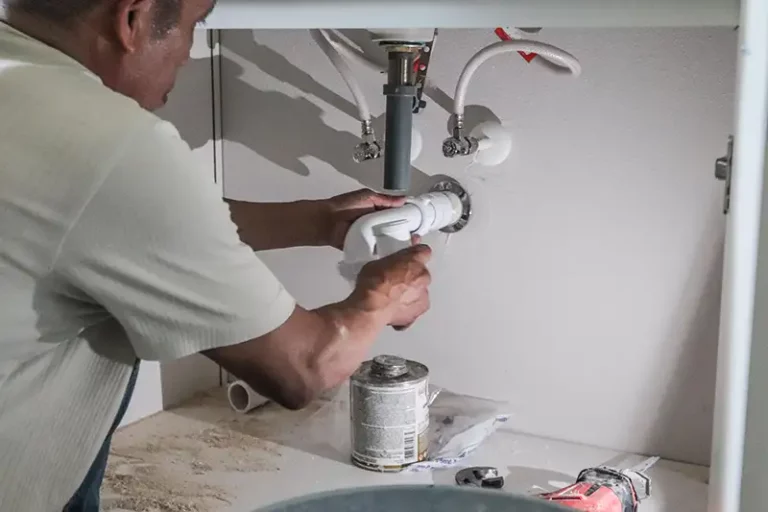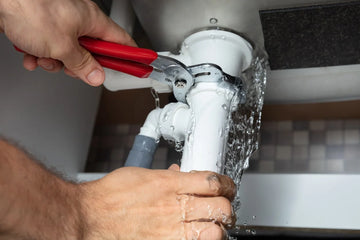In the realm of industrial quality assurance (QA), tackling the nuances of latency in leak detection is crucial. This aspect not only impacts the efficiency of operations across various industries but also plays a pivotal role in safeguarding resources and minimizing environmental harm. With the burgeoning importance of smart technologies, understanding latency has become more pertinent than ever.

What is Latency in Leak Detection?
Latency refers to the delay between the initiation of a leak and its detection by sensory systems. In industrial settings, this delay can lead to significant resource wastage and potential environmental hazards. Understanding the reasons behind these delays and adopting strategies to minimize them can result in more efficient and safer operations.
The importance of timely detection cannot be overstated. As highlighted in Smart Irrigation Leak Sensors, modern technologies that focus on reducing latency offer promising solutions for smart water management.
Causes of Latency in Detection Systems
Technological Limitations
Delay in leak detection often arises due to the limitations in current detection technologies. These include the sensor's sensitivity, the location of sensors, and the data processing speeds. Industries reliant on older methods may find that modernizing their technology could drastically reduce latency.
Network Infrastructure
The network infrastructure that supports data transmission is another key player in causing latency. Using advanced network protocols and ensuring redundancy can help mitigate this issue. As pointed out in leak detection in apartments, upgrading network systems can significantly enhance detection response times.
Consequences of Delayed Leak Detection
Resource Wastage
Delays in detecting leaks often lead to considerable wastage of resources such as water, chemical fluids, or gases. This wastage not only drives up operational costs but also impacts environmental sustainability. Effective management can mitigate this waste.
Environmental Impact
Beyond resource wastage, leaks that are not detected promptly can lead to severe environmental consequences. Whether it's the contamination of local water supplies or the emission of harmful gases, the consequences can be dire. The role of technology, like those discussed in the technology behind smart water leak detectors, is crucial in mitigating such impacts.
Strategies to Minimize Latency
Adopting Advanced Sensor Technologies
One solution is the adoption of advanced sensor technologies that provide faster detection and lower latency. For instance, accurate leak sensors are now equipped with enhanced capabilities that allow immediate and precise detection.
Leveraging Predictive Analytics
Predictive analytics and machine learning models can help predict potential leaks before they occur, thereby reducing effective latency and allowing preemptive actions. This proactive approach ensures reduced resource wastage and improved operational efficiency.
Regular Maintenance and Upgrades
Consistent maintenance and timely upgrades to detection equipment can drastically minimize latency. Regular checks and updates ensure that systems are functioning optimally and in line with the latest technological standards.
Conclusion: The Path Forward
Mitigating latency in leak detection is a non-negotiable imperative for Industry QA. By focusing on advanced technology adoption, maintaining robust network infrastructure, and leveraging predictive analytics, organizations can significantly reduce latency and its associated challenges.
For more insights, do visit resources that provide valuable depth into leak protection strategies and technologies, as found in Remote Cabin Leak Protection.

FAQs
What is latency in leak detection?
Latency in leak detection refers to the delay between the occurrence of a leak and its actual detection by monitoring systems or sensors. Reducing latency is key to efficient response and environmental protection.
Why is minimizing latency important?
Minimizing latency is important to prevent resource wastage, reduce operational costs, and mitigate environmental damage. Quick detection ensures timely response and prevents small issues from turning into major incidents.
How can industries reduce latency in their leak detection systems?
Industries can reduce latency by adopting advanced sensor technologies, leveraging predictive analytics, and ensuring regular maintenance and upgrades of their detection systems. Enhancing network infrastructure is also crucial for effective data transmission.






